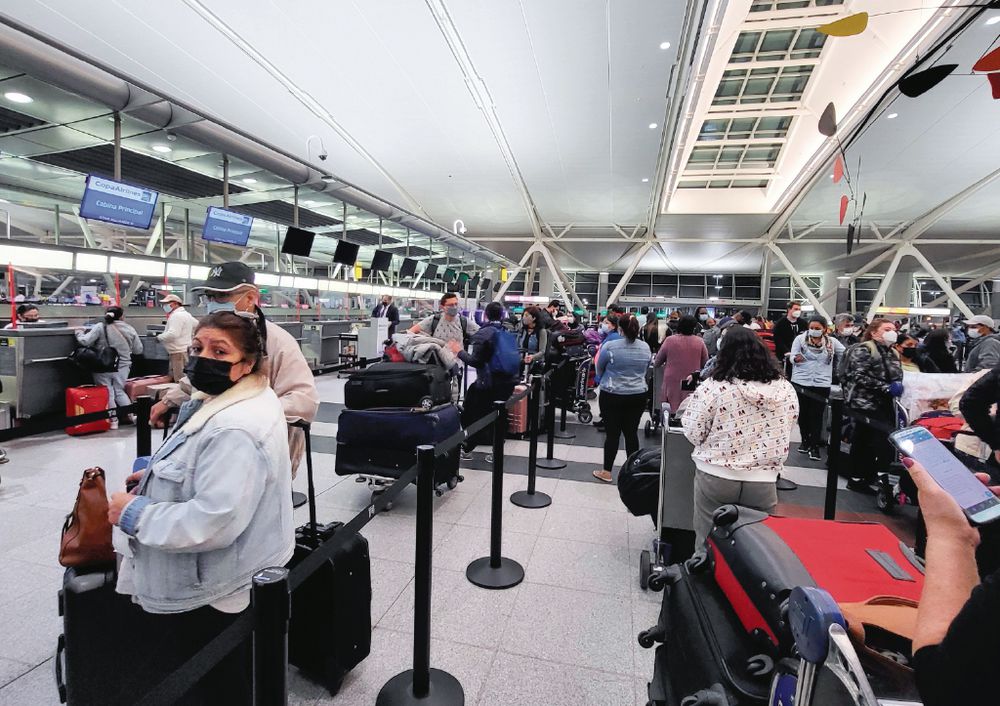Growth in regional air travel continues

Air borders are opening in Latin America and the Caribbean to the free flow of national and international passengers with measures such as the presentation of negative tests of Covid-19 or, as in Panama, if passengers are vaccinated they can enter without additional health requirements.
On average, air traffic is 65% compared to 2019 levels, according to the calculations of the Latin American and Caribbean Air Transport Association (ALTA), while flight occupancy reached 72.6% in August, says the International Air Transport Association (IATA).
“The region is back to travel again because many countries removed unnecessary regulations and others kept the skies open. Now more than ever people want to travel in our region. If we have the protocols and you can travel safely, it is time to take advantage, ”said José Ricardo Botelho, ALTA’s executive director.
He specifies that connectivity has been restored almost entirely in markets such as Mexico and Brazil, which did not close their operations in the harshest months of the pandemic. In others, although they did paralyze commercial aviation, there are growth figures, as is the case of Colombia, Panama, Peru, Costa Rica, and the Caribbean.
Harmonization
“It is essential that all countries harmonize the measures and requirements for passengers, with health protocols that allow the continuous flow of passengers,” says Botelho.
Both ALTA, IATA, and the International Airports Council, agree that the recovery of domestic travel in its entirety will take place between 2022 and 2023; while the restitution of international travel to 2019 levels is projected for 2024.
“There are markets such as Panama, Brazil, and Mexico where the demand for air traffic has already returned, but in countries like Chile and Argentina the recovery is slower due to the restrictions.
At the IATA Annual Assembly in Boston, it was stated that the return of airlines to each country will depend on the relaxation of sanitary measures to revive passenger demand. “The recommendation is that technical decisions be made so that people have the safety to fly,” adds Botelho.
Given the lack of coordination between one country and another in terms of travel measures, the solution is to reconcile and harmonize the requirements with the approved protocols to regain people’s trust.
IATA Vice President Peter Cerdá recalled that the aviation industry contributed $187 billion to the economy and gross domestic product of Latin America and generated 7.6 million jobs.
“To achieve this again, we cannot go back to a pre-2019 environment when the industry faced high operating costs, infrastructure restrictions, and a regulatory framework that often did not conform to international best practices,” said Cerdá.





